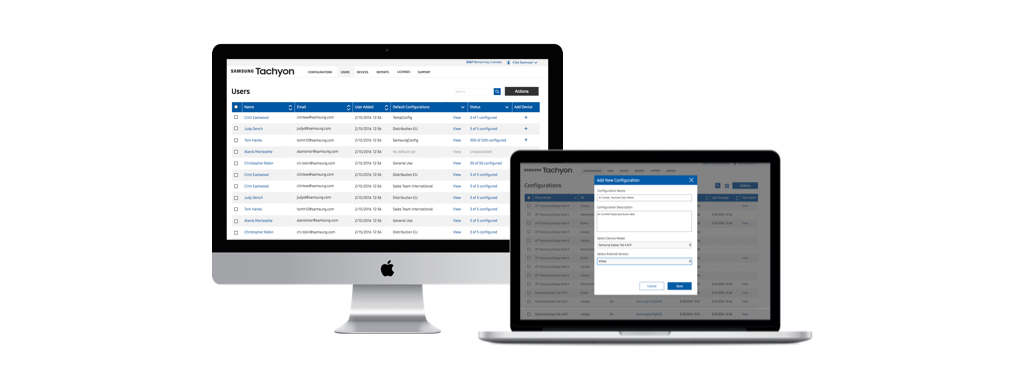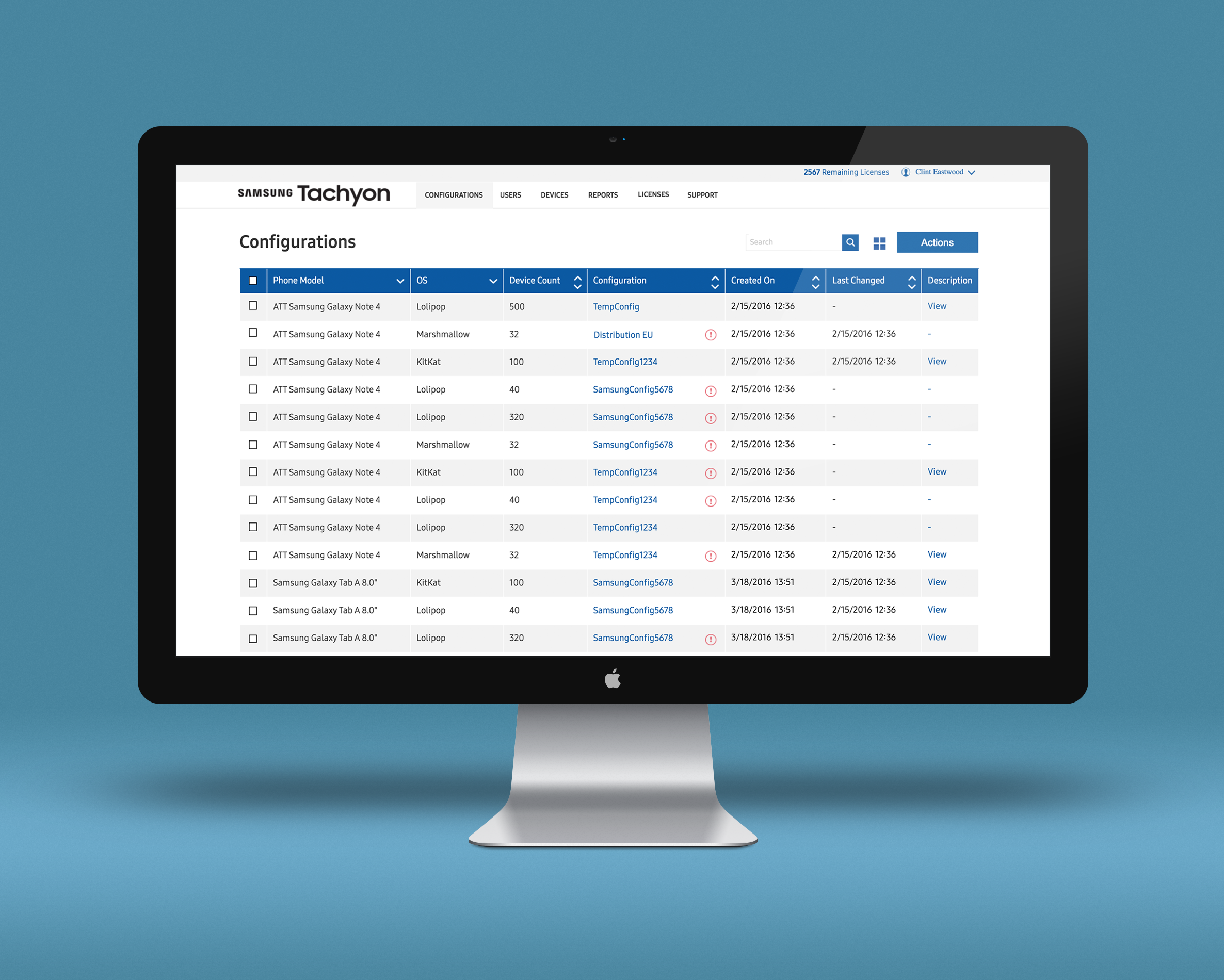
Samsung Tachyon - MDM Solution
Samsung B2B MDM Solution
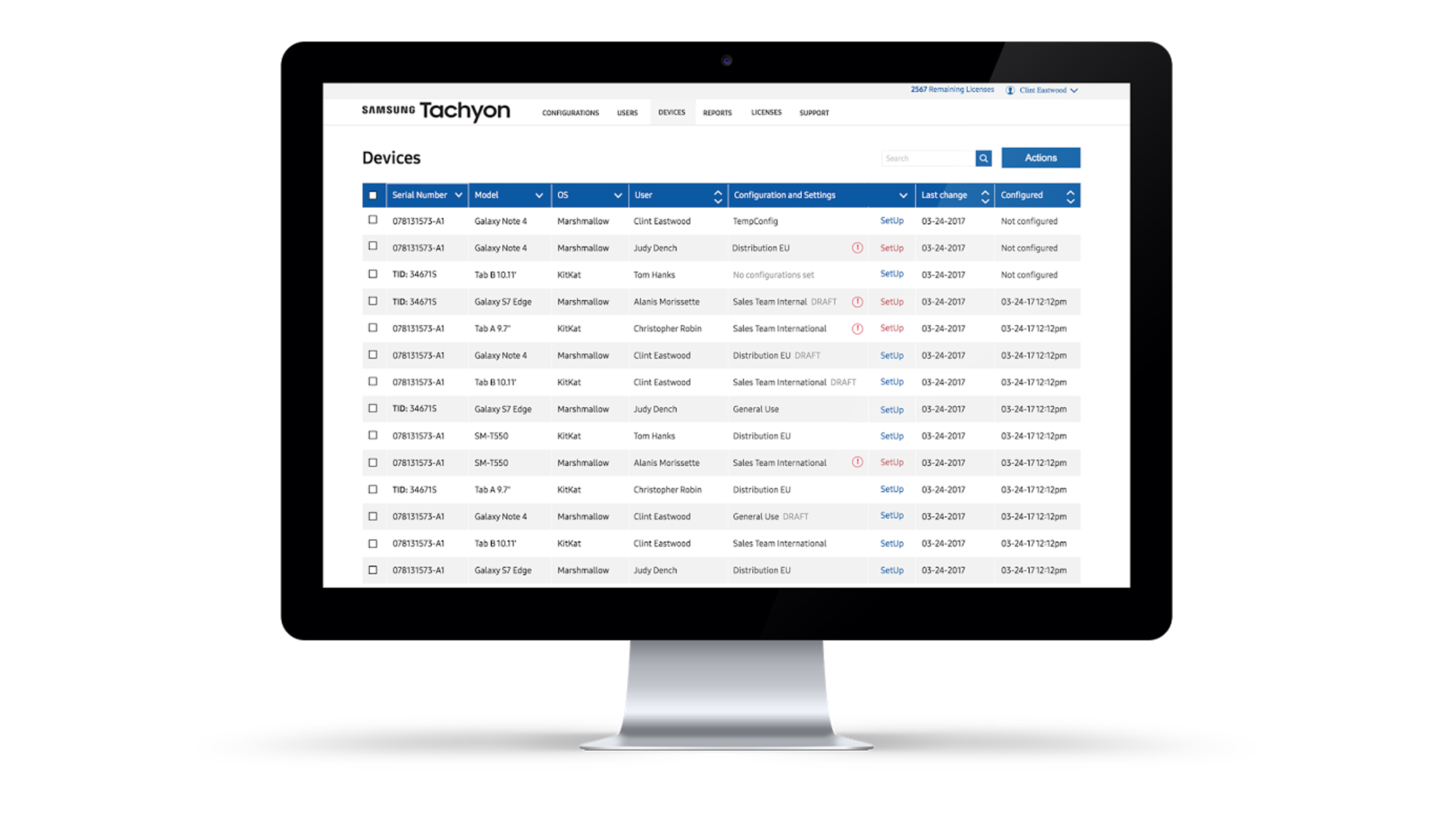
Tachyon MDM Portal
Tachyon is a Mobile Device Management Admin Portal which enables enterprises to deploy large quantities of Samsung devices for their employees and clients, often which require devices to have specific apps, settings, and data. (acquired from Kaprica in 2016)
Tachyon eliminates the need for manually upgrading these devices by automating the process, which cuts down on staff costs and rapidly improves the turnover of 'ready to redistribute' devices by 75%. This allowed our clients to streamline their process and increase their customer basewhen implementing Tachyon into their operations.

Project Goals
Implement new features to allow clients to submit license requests and upgrades in-portal
Restructure the portal's information archietcture to improve the experience and ease of use for the the primary use cases
Rebrand the product to adhere to Samsung’s B2B Guidelines
Kaprica, the former owner and creator of Tachyon is a small start-up who's design and implementation strategy was based on per-client demand, meaning that all implemented features were globally rolled out to their entire client base although many were only utilized by one or two clients – as per their request.
This proved to work well for the start-up's process, however it was a challenge for us in the design and development team at Samsung to unravel and piece the product back together based on our project goals and findings from user interviews.
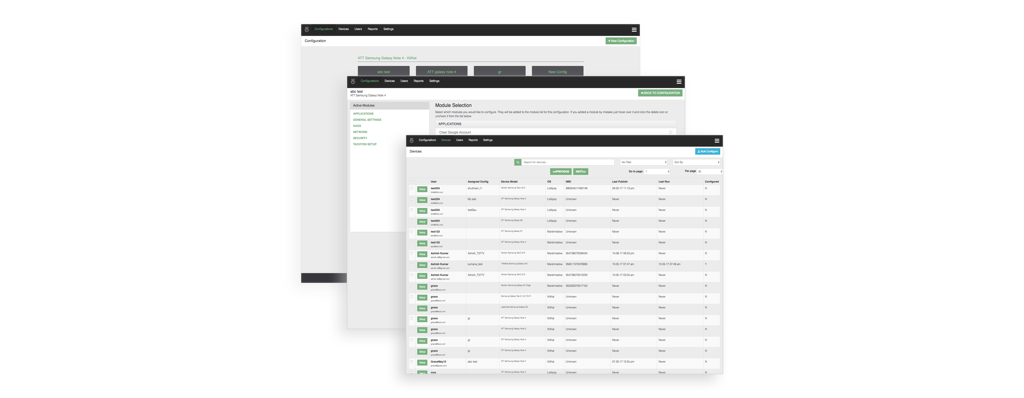
Tachyon branding prior to Samsung's acquisition
Research: User Interviews
We conducted serval interviews via video conference calls over the course of 3 days. Our main objective was to learn about our user’s unique workflows and how Samsung's acquisition has altered their experience with the product.
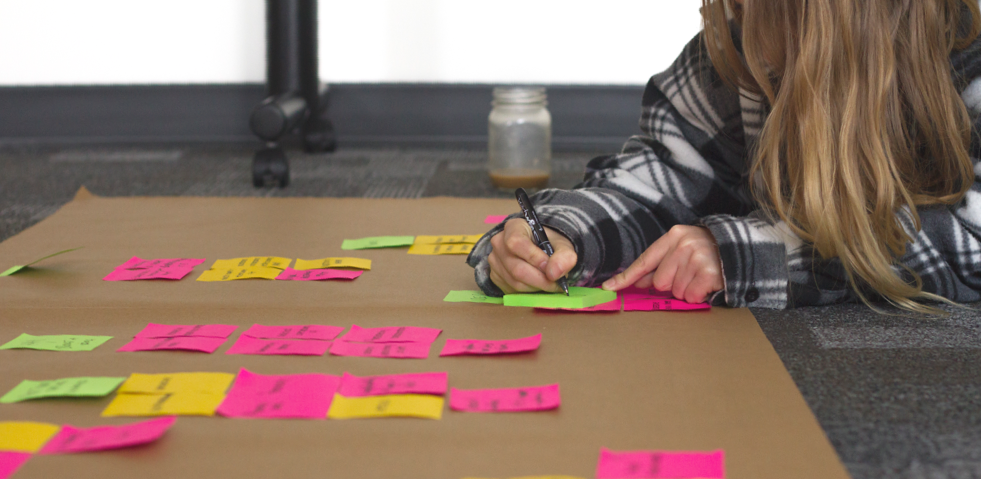
Our key findings were,
Each customer utilizes the product in slightly different ways, adopting various naming conventions and 'hacking' configuration flows in the interest of speed.
Most users felt the product was clunky and "took getting used too", they hoped the experience would be simplified by customizing the portal purely to their needs (instead of global roll outs).
Customers had a very hands on, personal relationship with the previous Kaprica team, however lost that when Samsung acquired the product, although gained solid documentation and structre.
Sprints and Implementation
The design team spent a 1 week sprint on restructuring the IA map (information architecture) for Phase 1. Our goals were to improve on the core use case which we achieved by,
Mapping out the current user flow and marking the pain point areas.
Keeping a list of ideas on how to improve areas for reference once we began improving the flow.
Cross referenced ideas that had high impact and low effort vs high effort and low impact.
Wrote a simple user story for reference, mapped a high level task flow and refined into a detailed user flow.
Repeated the process

10 day sprint of restructuring the IA for phase 1 (of 3)
Implementation began with communicating our design decisions and goals to the development team who were based in Noida, India. The most efficent method was sending digital versions of our sketches with notes via Jira and Wiki to enable full collaboration of the team members in Noida.
